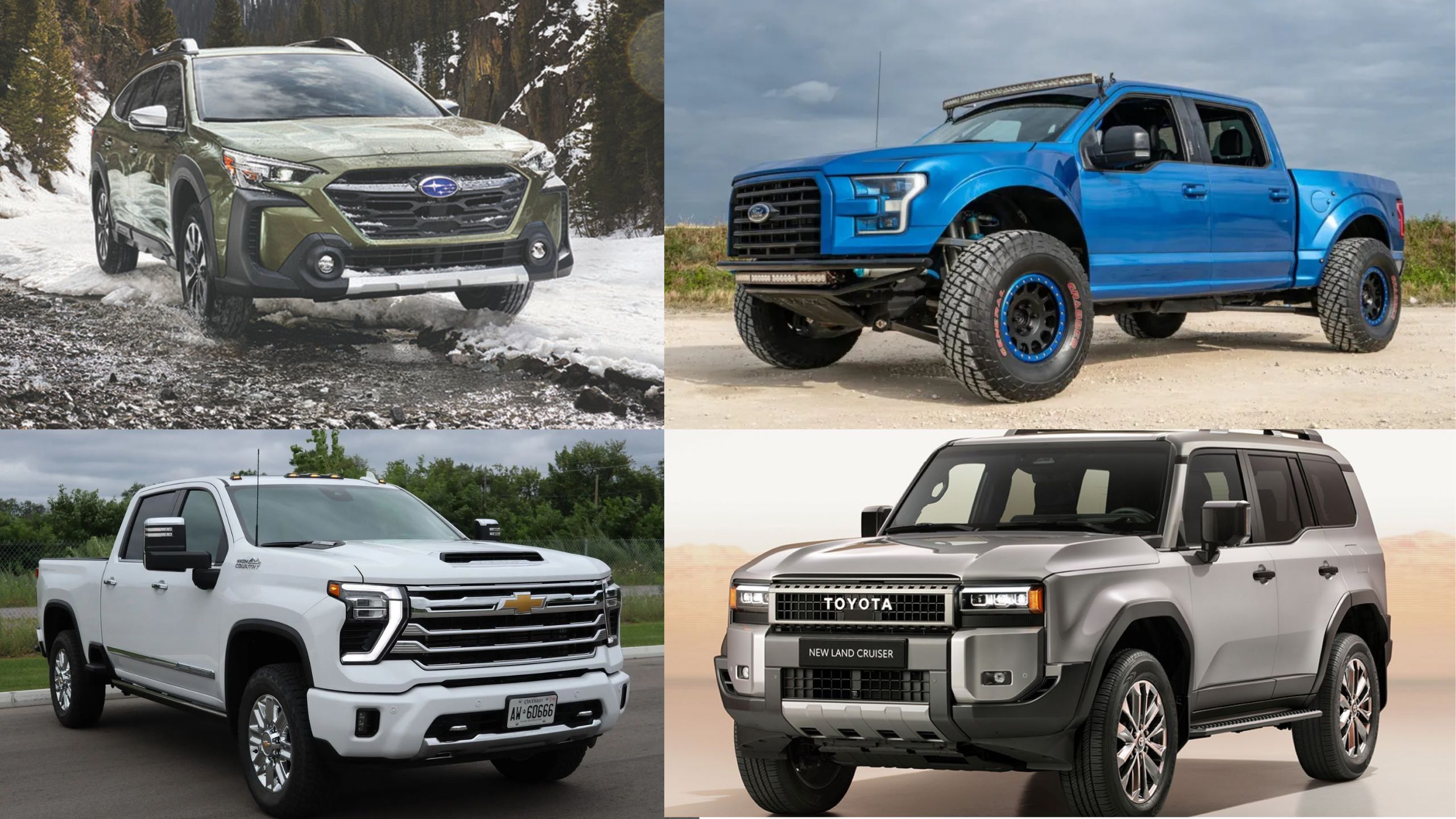Choosing the right vehicle for your environment can significantly impact your driving experience, maintenance costs, and satisfaction.
The demands of rural roads with their uneven surfaces, varied terrain, and often harsh weather conditions differ dramatically from the stop-and-go traffic, tight parking spaces, and fuel economy concerns of city driving.
This fundamental difference in driving conditions necessitates vehicles with specific characteristics suited to each environment.
Rural roads often require vehicles with higher ground clearance, robust four-wheel drive systems, and durable construction to handle unpaved surfaces, mud, snow, and limited access to immediate roadside assistance.
Conversely, city environments favor vehicles with excellent fuel efficiency, compact dimensions for going through the narrow streets and fitting into limited parking spaces, and technologies that enhance safety in congested traffic conditions.
This guide explores five vehicles that excel in rural settings and five that thrive in urban environments, highlighting their specific features that make them particularly well-suited to their respective terrains.
Whether you’re a country dweller needing reliable transportation across a challenging world or a city resident looking for the perfect companion for your urban commute, understanding these distinctions will help you make an informed decision that aligns with your lifestyle needs and environmental conditions.
5 Vehicles That Last on Rural Roads
1. Toyota Land Cruiser
The Toyota Land Cruiser stands as perhaps the definitive vehicle for challenging rural environments, earning its legendary status through decades of proven reliability in the most demanding terrains.
With its body-on-frame construction providing exceptional durability, the Land Cruiser offers the robustness needed for rural roads that often feature unpredictable surfaces from gravel to mud to uneven terrain.
At the heart of the Land Cruiser’s rural prowess is its advanced four-wheel drive system, which includes features like Multi-Terrain Select and Crawl Control that allow drivers to optimize performance based on specific conditions.
The generous ground clearance, typically exceeding 8.9 inche,s enables it to traverse obstacles that would stop lesser vehicles, while its approach and departure angles are specifically designed for tackling steep inclines without damaging the vehicle’s undercarriage.
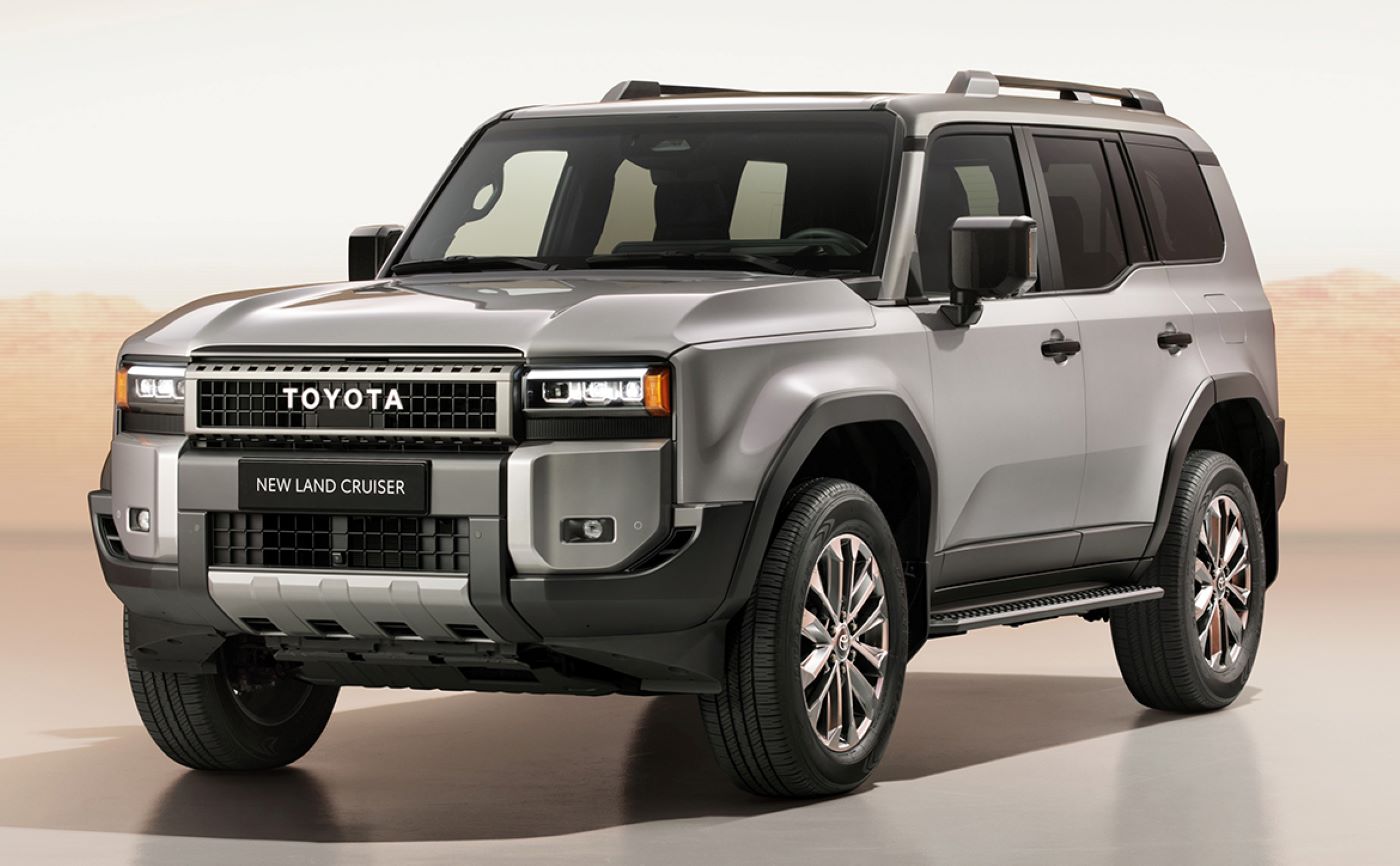
Beyond its technical capabilities, the Land Cruiser offers practical features essential for rural living.
Its substantial fuel tank capacity provides extended range between fill-ups, crucial in areas where gas stations may be few and far between.
The vehicle’s reputation for mechanical reliability means owners can confidently venture into remote areas without the constant worry of breakdowns.
Additionally, its spacious interior and significant cargo capacity make it ideal for transporting supplies, equipment, or livestock feed common necessities for rural residents.
While the Land Cruiser’s fuel economy isn’t its strongest feature, this compromise is often acceptable to rural drivers who prioritize capability and longevity over efficiency.
Its solid construction and proven longevity with many examples easily exceeding 300,000 miles with proper maintenance make it an investment that pays dividends through years of dependable service in challenging rural environments.
2. Ford F-150
The Ford F-150 has earned its position as America’s bestselling pickup truck for good reason, especially when it comes to tackling the demands of rural living.
Its versatility, durability, and impressive capability make it an ideal companion for country roads and working properties alike.
The truck’s high-strength, military-grade aluminum-alloy body combined with a fully boxed steel frame creates the perfect balance of toughness and weight reduction, allowing for enhanced performance and fuel efficiency without sacrificing durability.
For rural drivers, the F-150’s available 4×4 system provides essential traction across varied terrain, from muddy farm tracks to snow-covered back roads.
Engine options ranging from efficient V6s to powerful V8s allow owners to select the perfect balance of power and efficiency for their specific needs.
The truck’s impressive payload and towing capacities up to 3,325 pounds and 14,000 pounds, respectively, in properly equipped models make it invaluable for agricultural work, hauling livestock supplies, or towing equipment and recreational vehicles.
The F-150’s practical features extend beyond its raw capabilities.
Available innovations like Pro Power Onboard provide up to 7.2kW of exportable power, essentially turning the truck into a mobile generator, invaluable during power outages or for operating tools at remote job sites.
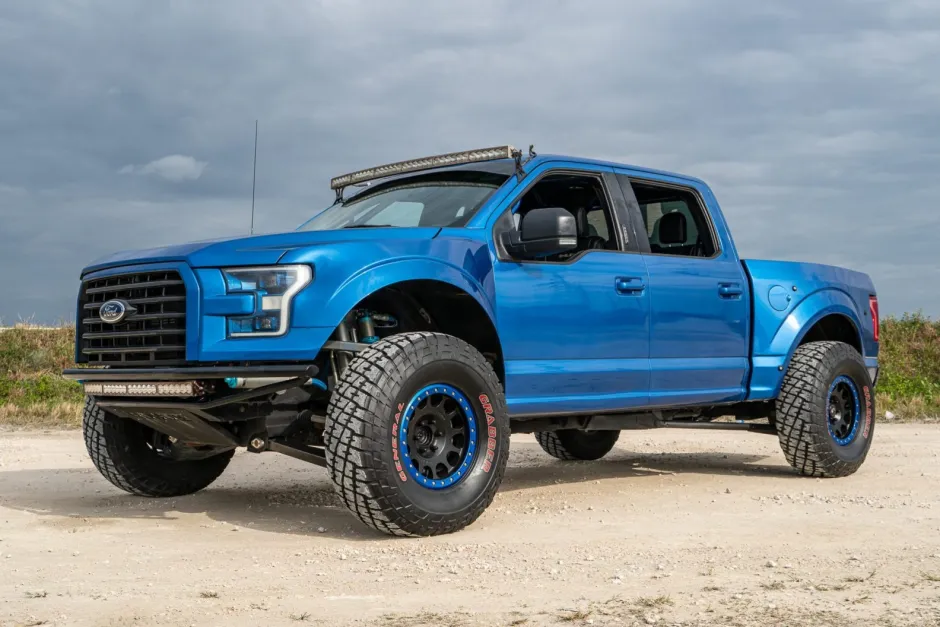
The tailgate work surface transforms the truck into a mobile workspace, while zone lighting illuminates the area around the vehicle, essential for early morning farm chores or late-night repairs.
Modern F-150s also incorporate technology that enhances rural usability without unnecessary complexity.
The available 360-degree camera with split-view display helps go through the tight farm gates or attach trailers without assistance, while the FordPass Connect app allows remote monitoring of fuel levels and vehicle location, practical features for vehicles that often cover vast distances.
With proper maintenance, the F-150’s reputation for longevity makes it not just a vehicle but a long-term investment for rural dwellers who depend on reliable transportation regardless of conditions.
3. Subaru Outback
The Subaru Outback occupies a unique position in the rural vehicle world, offering capabilities often associated with larger SUVs while maintaining the efficiency and driving dynamics of a car.
This wagon-crossover hybrid has cultivated a devoted following among rural residents who need all-weather capability without the fuel consumption and bulk of traditional trucks or large SUVs.
The Outback’s standard symmetrical all-wheel drive system, one of Subaru’s hallmark technologies, provides exceptional traction across varied surfaces, from rain-slicked asphalt to gravel roads and moderate off-road trails.
With 8.7 inches of ground clearance, the Outback matches or exceeds many dedicated SUVs, allowing it to go through the rutted dirt roads, shallow stream crossings, and snow-covered lanes without concern.
This capability is enhanced by X-MODE with Hill Descent Control on most models, which optimizes the AWD system for challenging conditions by managing throttle response, transmission shift points, and brake pressure to maximize traction when needed most.
What truly distinguishes the Outback for rural use is its balanced approach to capability and practicality.
The spacious interior provides ample room for passengers and cargo, with up to 75.7 cubic feet of storage space with the rear seats folded.
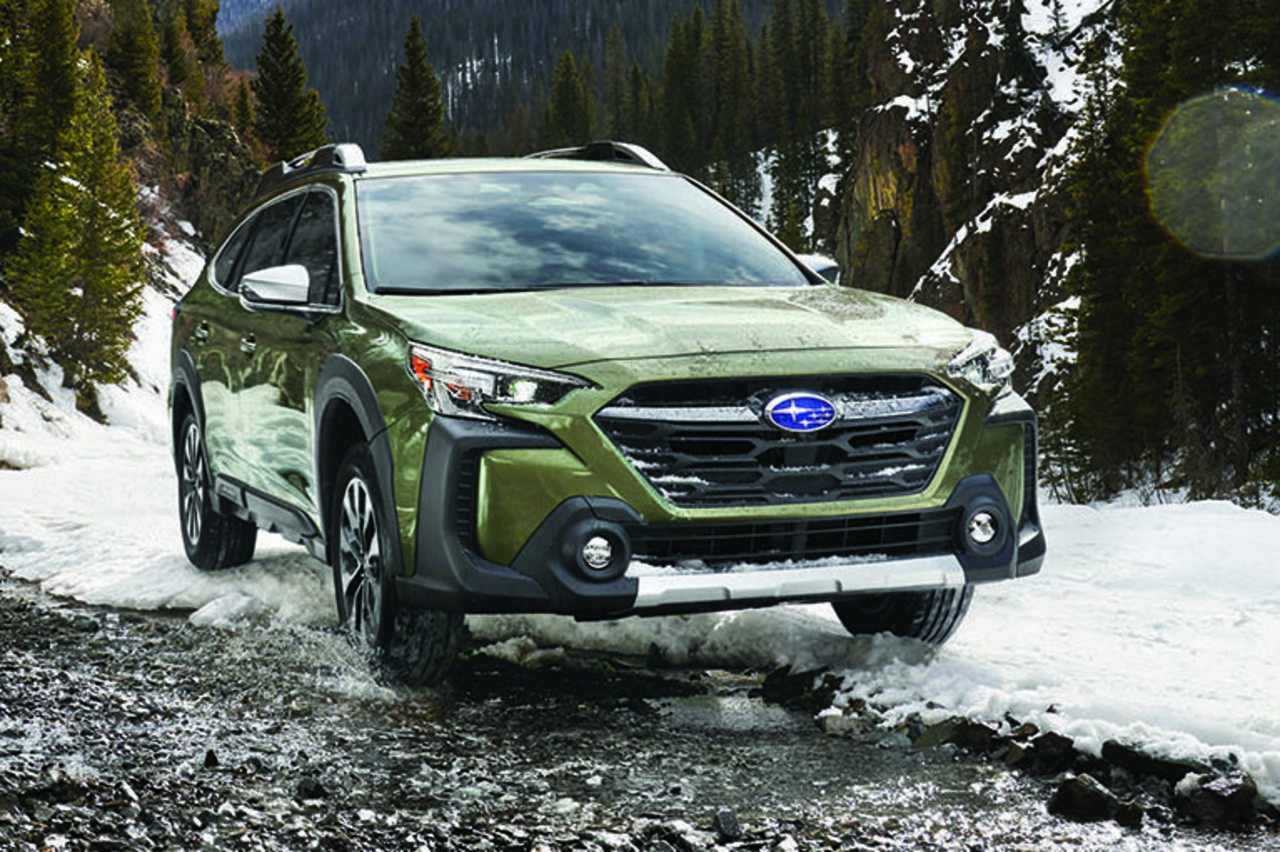
Roof rails with integrated cross bars come standard, making it easy to transport kayaks, bikes, or other outdoor equipment without purchasing additional accessories.
For rural residents who frequently travel with dogs, common companions in country living, the Outback’s lower load height compared to tall SUVs makes it easier for animals to enter and exit.
The Outback’s reputation for reliability and longevity is particularly valuable in rural areas where service centers may be distant.
Many Outbacks remain on the road well past 200,000 miles with proper maintenance, providing an excellent return on investment.
Its fuel efficiency, averaging between 26-33 mpg combined, depending on engine choice, makes it economical for the longer drives often necessary in rural settings.
The combination of ruggedness, efficiency, and practical design makes the Outback an ideal choice for rural drivers who need capability without excess.
4. Chevrolet Silverado 2500HD
When the demands of rural life require heavy-duty capability, the Chevrolet Silverado 2500HD delivers with a combination of brute strength, technological sophistication, and purpose-built durability.
This heavy-duty pickup transcends the role of mere transportation to become an essential tool for serious agricultural work, property maintenance, and demanding towing applications that lighter-duty vehicles simply cannot handle safely or effectively.
The Silverado 2500HD’s available Duramax 6.6L Turbo-Diesel V8 engine, producing 445 horsepower and a massive 910 lb-ft of torque, provides the muscle needed for the toughest rural tasks.
When properly equipped, it can tow up to 18,510 pounds conventionally or 18,510 pounds with a fifth-wheel or gooseneck hitch, essential capabilities for moving livestock trailers, hay bales, or heavy equipment across large properties or between locations.
The optional Allison 10-speed automatic transmission is engineered specifically for heavy-duty applications, offering exceptional durability even under constant strain.
Beyond raw power, the Silverado 2500HD incorporates intelligent features that enhance its practicality in rural settings.
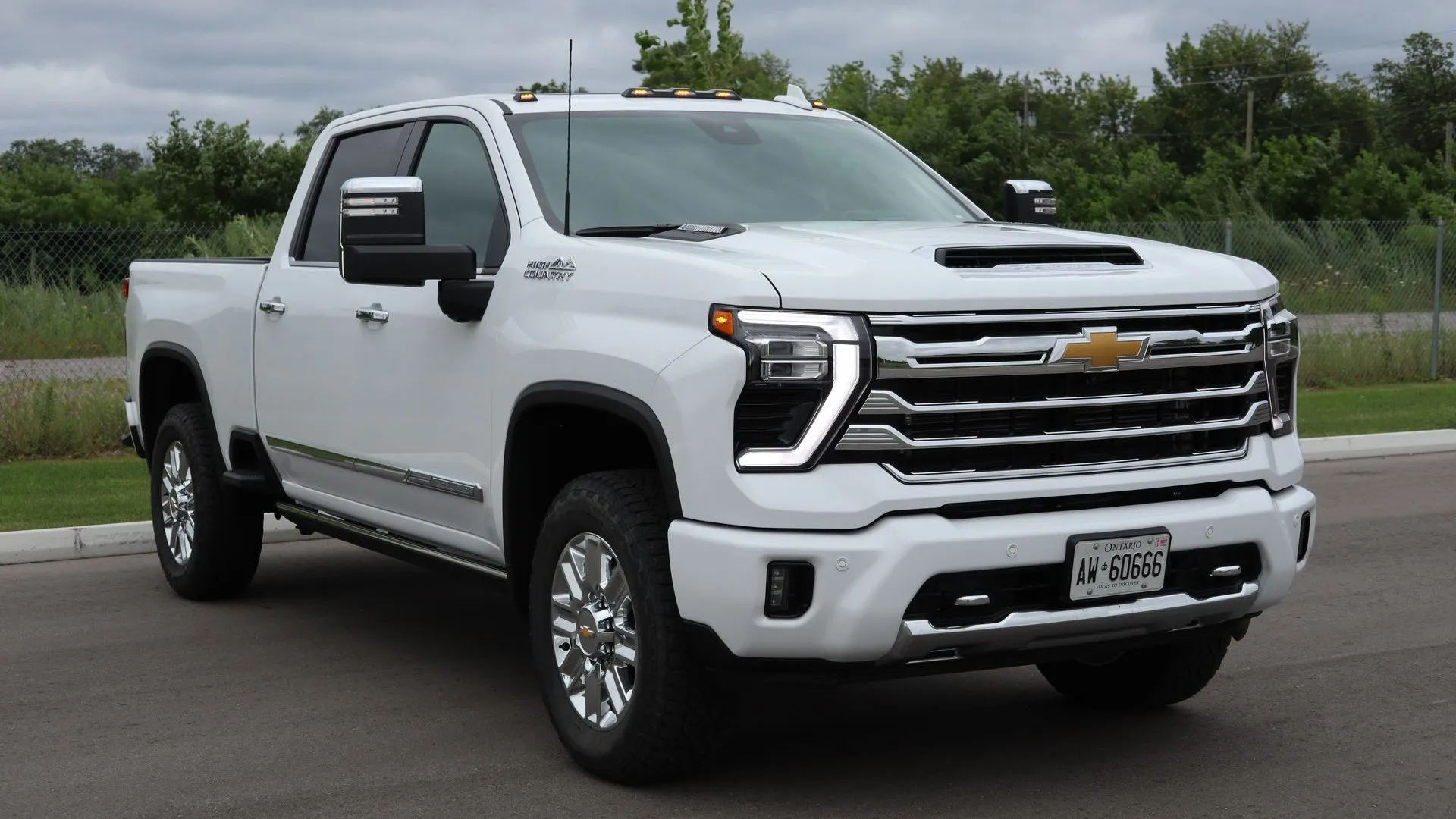
The Advanced Trailering System includes up to 15 available camera views, including the revolutionary “transparent trailer” view that allows drivers to see “through” their trailer while backing up or maneuvering in tight spaces.
For properties with difficult access, the available Z71 Off-Road Package adds skid plates, off-road suspension, and Rancho shocks to improve capability on rough terrain.
The truck’s construction emphasizes longevity, with a high-strength steel frame and strategic use of mixed materials to balance strength with weight.
The DuraBed cargo box features roll-formed high-strength steel, making it more puncture-resistant against sharp objects like fence posts or construction materials commonly transported in rural settings.
Inside, the cabin offers unexpected refinement with available leather upholstery and advanced technology, but maintains practical touches like durable flooring and easy-to-clean surfaces that accommodate the realities of country work.
For rural residents whose livelihoods depend on vehicle reliability, the Silverado 2500HD’s robust engineering and capability make it an indispensable partner.
Also Read: 10 Vehicles That Still Run With Original Engine and Transmission
5. Jeep Wrangler
The Jeep Wrangler represents the ultimate marriage of off-road capability and everyday usability for rural environments, carrying forward a legacy of go-anywhere performance that dates back to its military ancestors.
Unlike many modern SUVs that prioritize comfort at the expense of true capability, the Wrangler remains unapologetically focused on conquering difficult terrain while maintaining the practicality needed for daily use on unpredictable rural roads.
At the core of the Wrangler’s rural suitability is its purpose-built 4×4 system, available in several configurations depending on the model.
The Rubicon trim’s Rock-Trac system with its 4:1 low-range gear ratio, electronic front and rear locking differentials, and electronic disconnecting sway bar allows the vehicle to go through the obstacles that would stop most other SUVs.
Even the standard Command-Trac system provides exceptional capability in snow, mud, and across uneven terrain commonly encountered on rural properties and access roads.
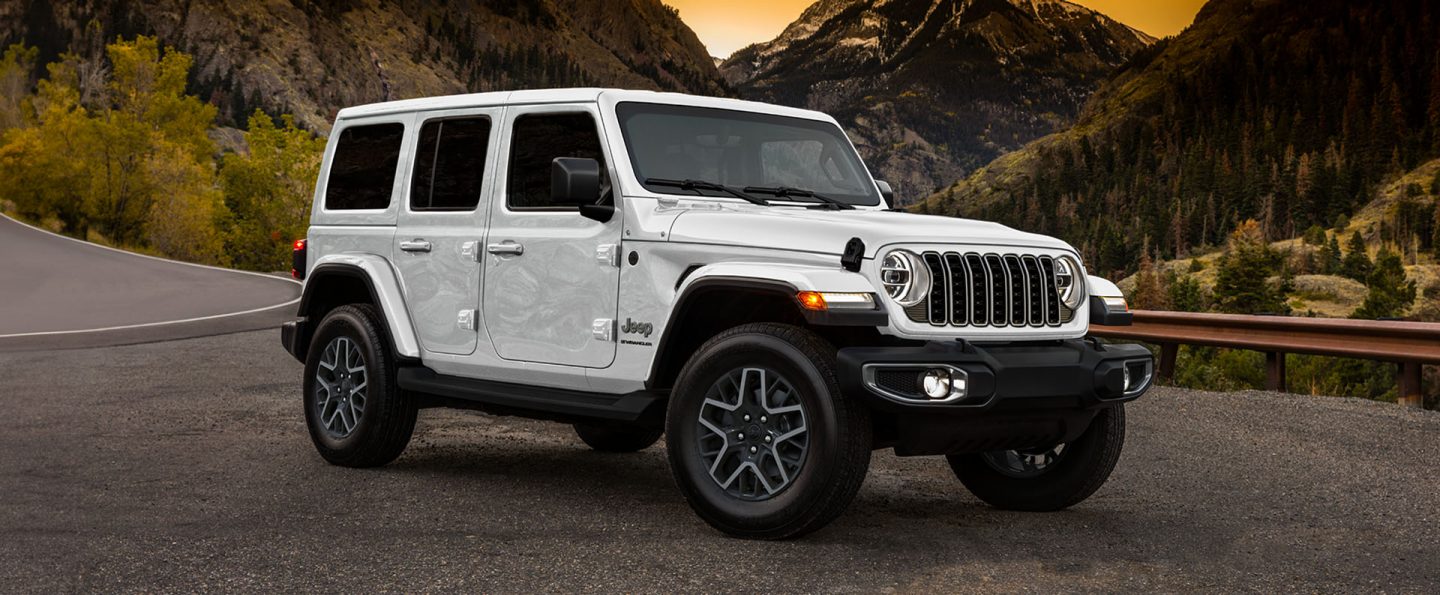
The Wrangler’s body-on-frame construction provides the durability needed to withstand years of punishment from rough surfaces, while its solid axles deliver superior articulation when traversing uneven ground.
Ground clearance ranging from 9.7 to 10.8 inches (depending on configuration) ensures the vehicle can clear rocks, fallen branches, and other obstacles without damage to vital components.
For rural residents who frequently encounter flooded low-water crossings, the Wrangler offers water fording capability up to 33.6 inches in properly equipped models.
Beyond its mechanical prowess, the Wrangler offers unique practical advantages for rural living. The removable doors and roof provide an open-air experience that connects drivers with the natural environment, perfect for property inspections or enjoying scenic country drives.
Recent generations have significantly improved interior comfort and technology while maintaining the vehicle’s rugged character, addressing historical complaints about long-distance comfort.
Available engine options, including the efficient 2.0L turbocharged four-cylinder and the potent 3.6L Pentastar V6, allow owners to prioritize fuel economy or power based on their specific needs.
For rural residents who need genuine off-road capability combined with practical everyday usability, the Wrangler remains the benchmark against which all other vehicles are measured.
5 Vehicles That Belong in Cities
1. Mini Cooper
The Mini Cooper epitomizes the ideal city car, combining compact dimensions with spirited handling to create a vehicle perfectly tailored for urban environments.
At just 151.9 inches long and 68 inches wide (for the standard hardtop model), the Mini transforms typically frustrating urban driving scenarios into advantages.
Its diminutive footprint allows it to slip into parking spaces too small for conventional vehicles, a significant benefit in cities where parking comes at a premium both financially and in terms of availability.
The Mini’s tight turning radius, approximately 35.4 feet curb-to-curb, makes going through the narrow streets and executing U-turns a stress-free experience.
This maneuverability proves invaluable when dealing with the unpredictable flow of city traffic, allowing drivers to confidently go through the congested areas and tight corners without the multiple-point turns often required by larger vehicles.
Despite its small external dimensions, clever interior packaging provides surprisingly comfortable accommodations for front-seat passengers, with thoughtfully designed storage solutions that maximize available space.
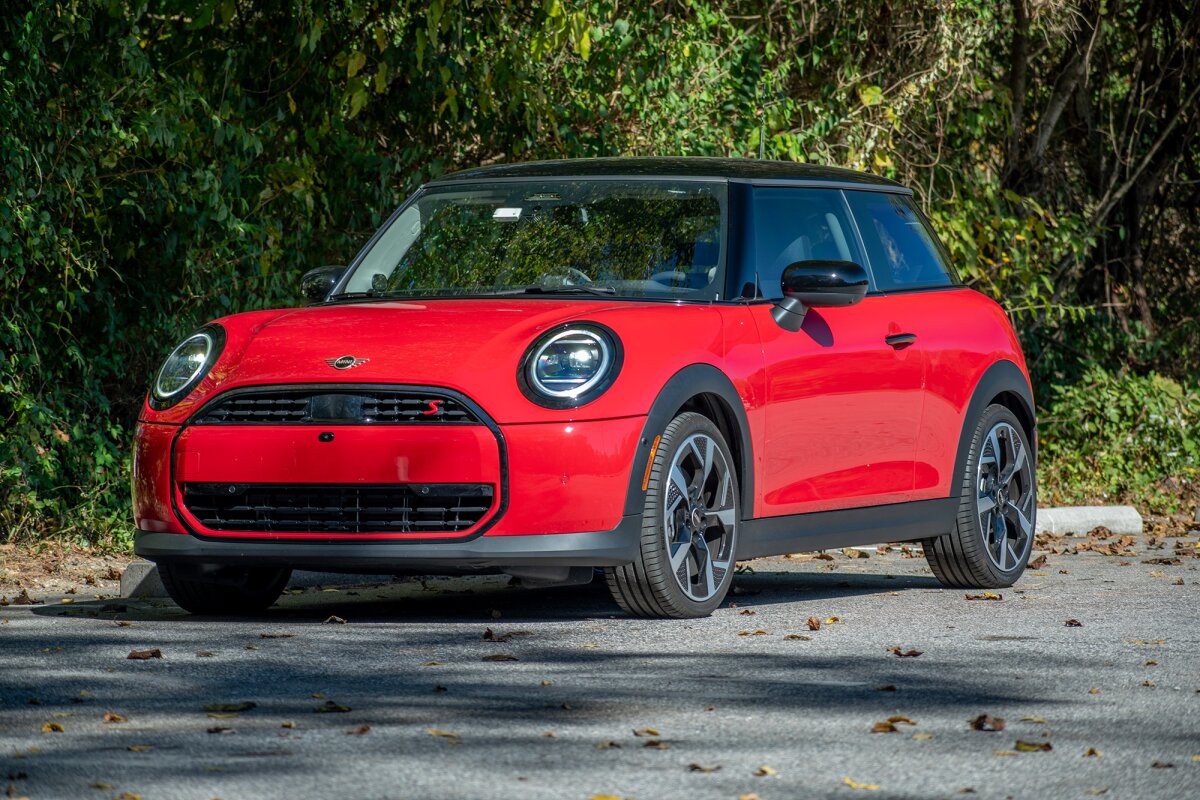
From a performance perspective, the Mini Cooper’s responsive throttle and precise steering create an engaging driving experience perfectly suited to urban environments.
The turbocharged engines, ranging from the efficient three-cylinder in the base model to the more powerful four-cylinder in the S and JCW variants, deliver ample power for quick acceleration between stoplights while maintaining reasonable fuel economy.
Most models achieve 26-28 mpg in city driving conditions, with even better results possible through judicious driving habits.
Beyond practical considerations, the Mini Cooper offers city dwellers something equally valuable: personality. The distinctive styling, available in countless customization options, stands out in urban environments dominated by visually similar crossovers and sedans.
The vehicle’s iconic status and strong community culture create a sense of identity that many urban drivers prize.
Modern Minis also incorporate technology that enhances city living, including available parking assistance systems that can identify appropriate spaces and guide the vehicle into them, perfect for parallel parking scenarios that intimidate many drivers.
This combination of practical urban utility and distinctive character makes the Mini Cooper a quintessential city vehicle.
2. Toyota Prius
The Toyota Prius has established itself as the definitive urban transportation solution through its revolutionary hybrid powertrain and space-efficient design that directly addresses the core challenges of city driving.
At the heart of the Prius’s urban supremacy is its exceptional fuel efficiency, with newer models achieving up to 58 mpg in city driving significantly better than their highway ratings, a rare inversion that perfectly suits urban use patterns.
This efficiency comes from the hybrid system’s ability to recapture energy through regenerative braking during frequent stops and its capacity to operate in electric-only mode at lower speeds, conditions that define city driving.
The environmental benefits extend beyond fuel savings to include dramatically reduced emissions compared to conventional vehicles, a particularly important consideration in dense urban areas where air quality concerns are heightened.
The latest generation Prius produces approximately 70% fewer smog-forming emissions than the average new vehicle, contributing to healthier urban environments while often qualifying for preferred parking spaces, HOV lane access, and reduced tolls in many metropolitan areas.
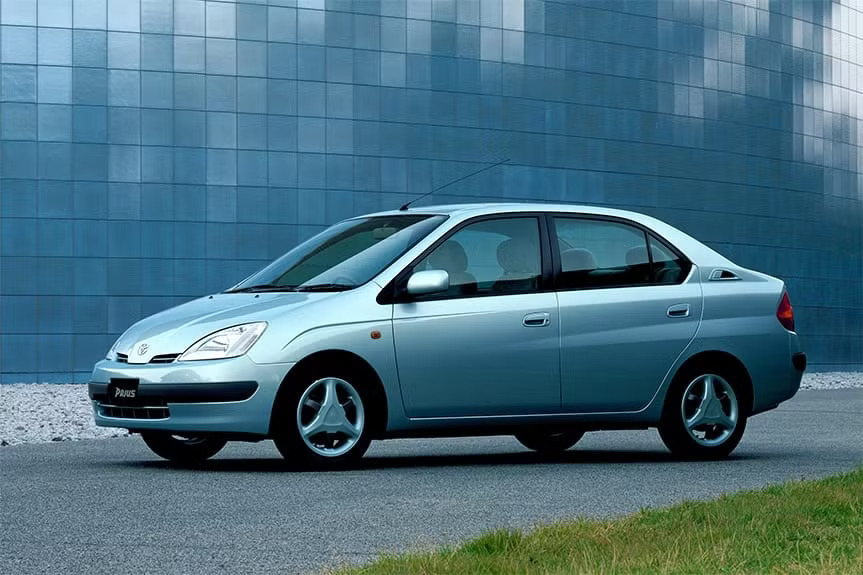
From a practical perspective, the Prius offers interior space efficiency that belies its compact external footprint.
The five-door liftback design provides 27.4 cubic feet of cargo space with the rear seats up (and significantly more when folded), accommodating grocery runs, urban shopping expeditions, or airport luggage with equal ease.
The vehicle’s smooth, continuously variable transmission (CVT) eliminates the harsh shifting often experienced in stop-and-go traffic, reducing driver fatigue during extended urban commutes.
Technology features particularly beneficial to city drivers abound in modern Prius models, including advanced driver assistance systems that help mitigate the risks of congested environments.
The available Toyota Safety Sense 2.0 package includes pre-collision systems with pedestrian detection, crucial in crowded urban settings where pedestrians and cyclists often share the road.
Parking assistance features help go through the tight spaces, while the quiet cabin provides a sanctuary from urban noise.
The Prius’s remarkable reliability record also means fewer maintenance visits, a significant convenience for city dwellers who may not have established relationships with service centers or dedicated parking for lengthy repair periods.
3. Honda Civic
The Honda Civic represents the perfect balance of practicality, efficiency, and driving enjoyment for urban environments, consistently evolving to meet the changing needs of city dwellers while maintaining its core values of reliability and value.
The current generation Civic exemplifies this urban adaptability with its right-sized dimensions, large enough to comfortably accommodate passengers and cargo yet compact enough to go through the tight city streets and fit into challenging parking situations without the stress associated with larger vehicles.
Fuel efficiency stands as a hallmark Civic characteristic, particularly valuable in urban settings, with the standard models achieving approximately 30-33 mpg in city driving conditions.
For those prioritizing maximum efficiency, the Civic hybrid models push these figures even higher.
This translates to fewer fill-ups, a significant convenience in cities where gas stations may be inconveniently located or require detours from regular routes.
The vehicle’s proven reliability record means city dwellers can count on dependable transportation without the inconvenience of unexpected service visits, which can be particularly disruptive in urban environments where alternative transportation arrangements may be complex.
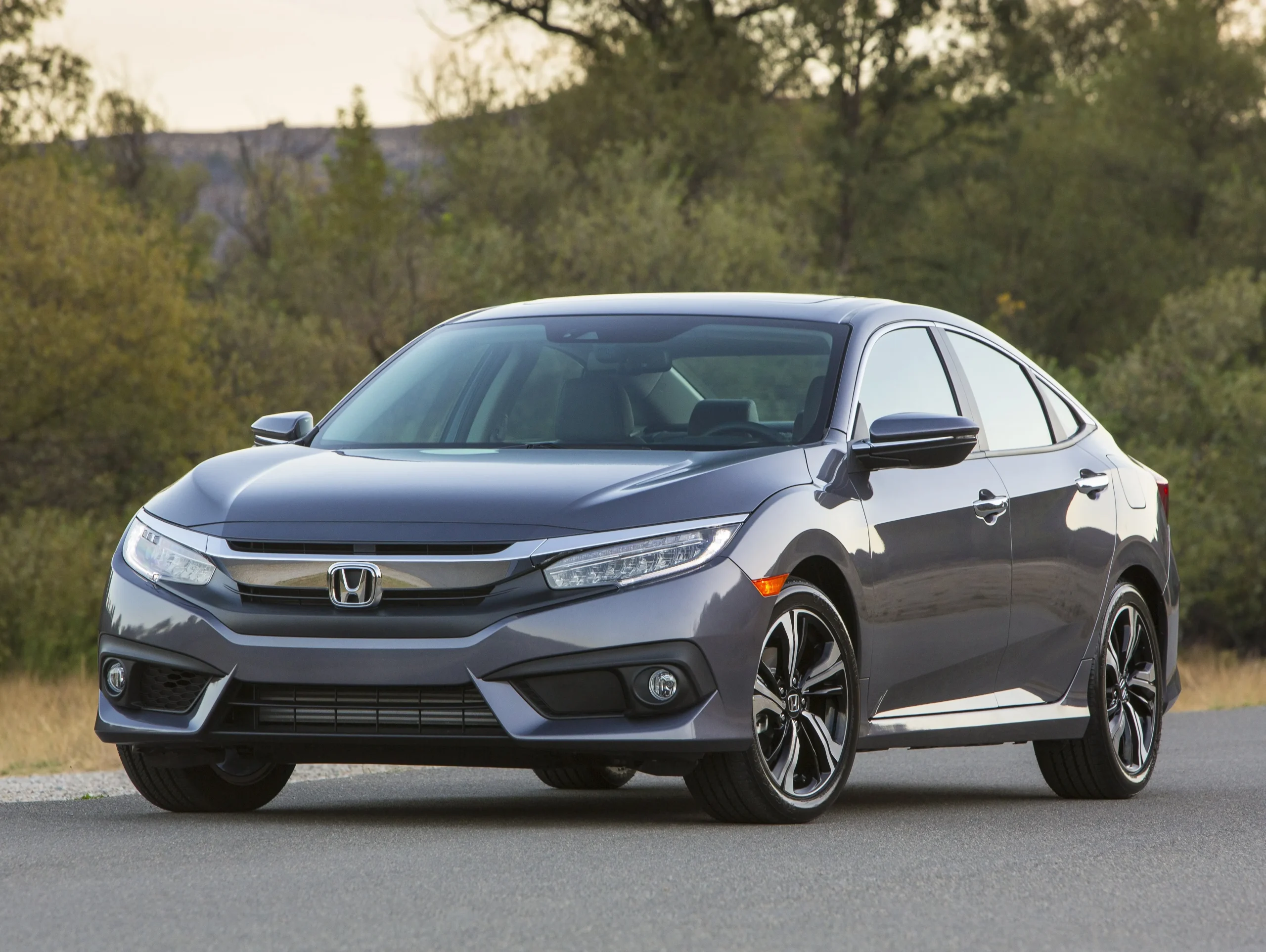
The Civic’s driving dynamics shine particularly bright in city environments. The responsive steering and well-tuned suspension provide the agility needed to go through the around double-parked vehicles, sudden road obstacles, or through narrow gaps in traffic.
At the same time, the cabin offers excellent visibility, a crucial safety feature in congested urban environments where awareness of surrounding vehicles, cyclists, and pedestrians is essential.
Modern Civics come equipped with Honda Sensing, a suite of driver-assistance technologies including automatic emergency braking, lane-keeping assistance, and adaptive cruise control that help mitigate the stresses and risks associated with dense traffic conditions.
Interior comfort and technology features further enhance the Civic’s urban credentials. The intuitive infotainment system with standard Apple CarPlay and Android Auto integration allows for seamless navigation through unfamiliar city streets and real-time traffic updates to avoid congestion.
The well-designed cabin provides comfortable seating for daily commutes, while the 60/40 split-folding rear seats accommodate larger items when needed, from IKEA purchases to luggage for weekend escapes from the city.
The Civic’s balance of practical urban utility, efficiency, reliability, and driving enjoyment explains its enduring popularity among city dwellers seeking a car that enhances rather than complicates their urban lifestyle.
4. Volkswagen ID.4
The Volkswagen ID.4 represents the evolution of urban transportation, offering city dwellers an electric vehicle solution that addresses the unique challenges of metropolitan driving without compromising on space or practicality.
As an all-electric SUV with a range of approximately 250-275 miles (depending on configuration), the ID.4 eliminates range anxiety for typical urban usage patterns while providing environmental benefits, particularly valuable in densely populated areas where air quality concerns are paramount.
The zero tailpipe emissions dramatically reduce the vehicle’s local environmental impact, while the regenerative braking system, which recaptures energy normally lost during deceleration, proves particularly efficient in stop-and-go city traffic.
The ID.4’s dimensions strike an ideal balance for urban environments: compact enough for city maneuverability while providing the elevated seating position many drivers prefer for going through the crowded streets.
At 180.5 inches long and 72.9 inches wide, it occupies a smaller footprint than many conventional gasoline SUVs yet maintains a spacious interior with 30.3 cubic feet of cargo space behind the rear seats (expanding to 64.2 cubic feet with seats folded) ample room for urban shopping trips, recreational equipment, or weekend getaways from the city.
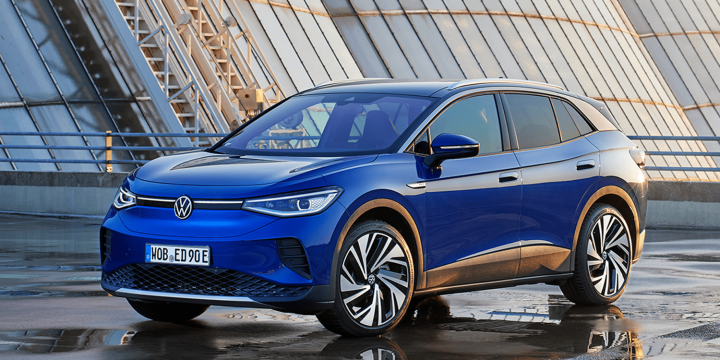
Urban drivers benefit significantly from the ID.4’s electric powertrain characteristics. The immediate torque availability provides confident acceleration for merging into traffic or going through the ting busy intersections, while the single-speed transmission eliminates gear-hunting in slow-moving conditions.
The near-silent operation creates a serene cabin environment that insulates occupants from urban noise pollution.
These attributes combine to reduce driver fatigue during congested commutes, a meaningful quality-of-life improvement for city residents.
The ID.4 addresses practical concerns specific to urban EV ownership through thoughtful design choices. The convenient charging options include DC fast-charging capability that can restore approximately 70% of range in about 30 minutes, ideal for city dwellers who may not have dedicated home charging infrastructure.
Many urban areas now prioritize EV infrastructure, offering ID.4 owners access to preferential parking spaces with charging stations, reduced-cost municipal parking, and in some jurisdictions, HOV lane access regardless of occupancy.
The comprehensive driver assistance features, including IQ.DRIVE with hands-on semi-automated driving, helps mitigate the stresses of congested urban traffic while enhancing safety in environments where multiple road users compete for limited space.
5. Nissan Leaf
The Nissan Leaf pioneered the mainstream electric vehicle movement and continues to excel as an ideal urban transportation solution through its combination of compact dimensions, zero-emission operation, and technology specifically optimized for city use.
With lengths ranging from 176.4 to 176.8 inches (depending on model year), the Leaf goes through the tight urban streets with confidence while fitting into parking spaces that challenge larger vehicles.
This maneuverability is enhanced by the tight turning radius and responsive electric steering system that make three-point turns and parallel parking significantly less stressful in congested environments.
For city dwellers, the Leaf’s electric powertrain offers distinct advantages beyond environmental benefits.
The single-speed transmission provides seamless acceleration without the gear-shifting delays commonly experienced in stop-and-go traffic, while the immediate torque delivery characteristic of electric motors enables confident merging and lane changes in urban traffic scenarios.
The e-Pedal feature, which enables one-pedal driving by automatically applying regenerative braking when the accelerator is released, proves particularly valuable in city conditions by reducing driver fatigue during frequent stops while simultaneously improving efficiency by recapturing energy.
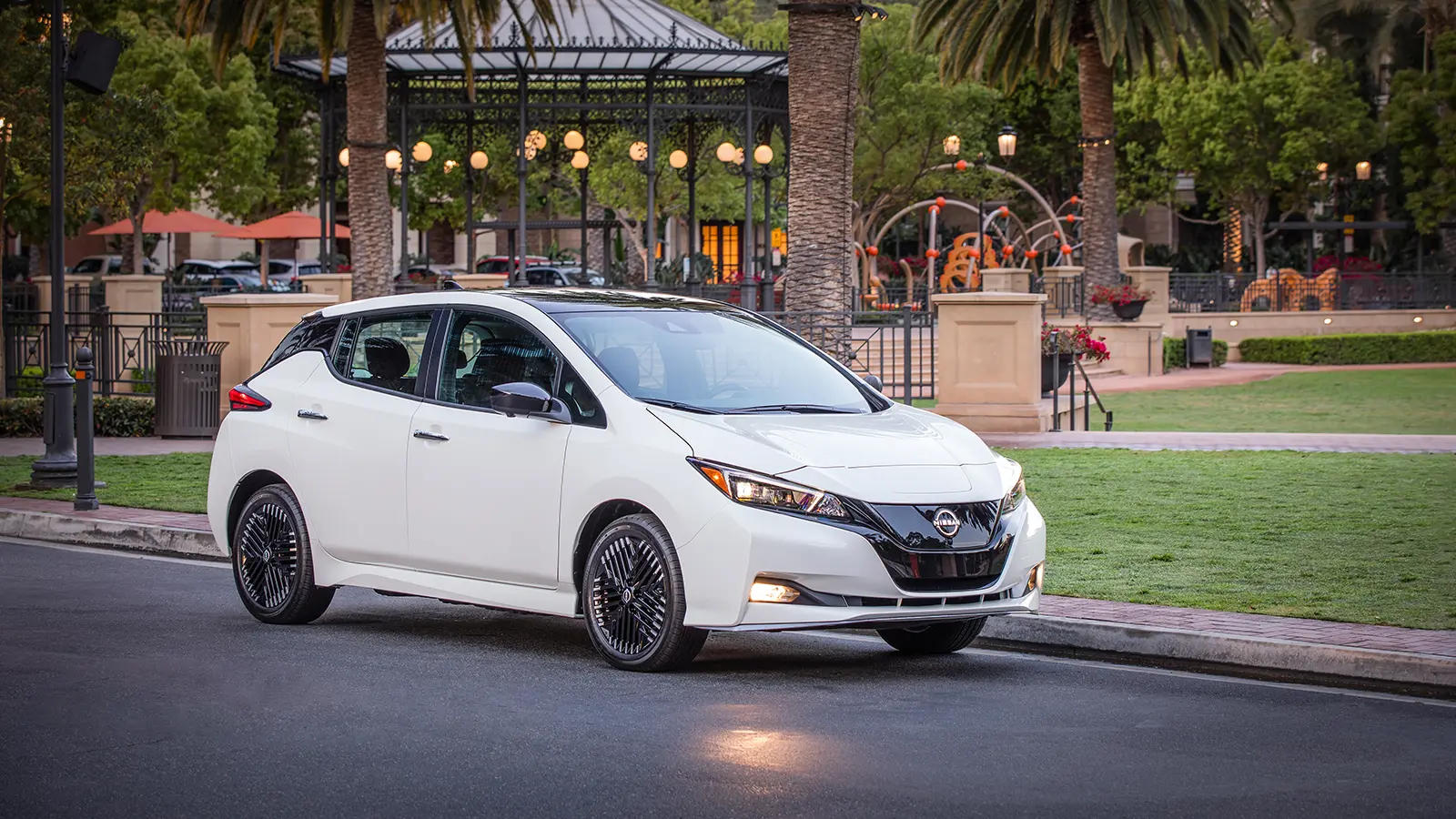
Modern Leaf models address the range concerns that initially limited EV adoption, with the Leaf Plus offering up to 226 miles of range, more than sufficient for typical urban usage patterns that rarely exceed 40 daily miles.
For city apartment dwellers without access to home charging, the CHAdeMO quick-charging capability can restore approximately 80% of battery capacity in about 40-60 minutes at public charging stations, easily accomplished during shopping trips or dining outings.
The Leaf’s silent operation also contributes to reducing urban noise pollution, creating a more pleasant environment for both occupants and pedestrians alike.
The Leaf incorporates technology particularly valuable for city driving scenarios, including the ProPILOT Assist system that helps maintain proper following distances and lane positioning in heavy traffic, reducing driver stress during commutes.
The Around View Monitor provides a 360-degree perspective of the vehicle’s surroundings, invaluable when maneuvering in tight urban parking structures or along streets with limited visibility.
For city residents concerned about charging infrastructure, the NissanConnect EV app allows remote monitoring of charge status and climate control activation, ensuring the cabin is comfortable before entering the vehicle without wasting battery range.
The combination of urban-friendly dimensions, electric powertrain advantages, and thoughtful technology integration makes the Leaf an excellent choice for environmentally conscious city dwellers seeking practical, efficient transportation.
Also Read: 10 Longest-Running Vehicle Generations Still in Use

